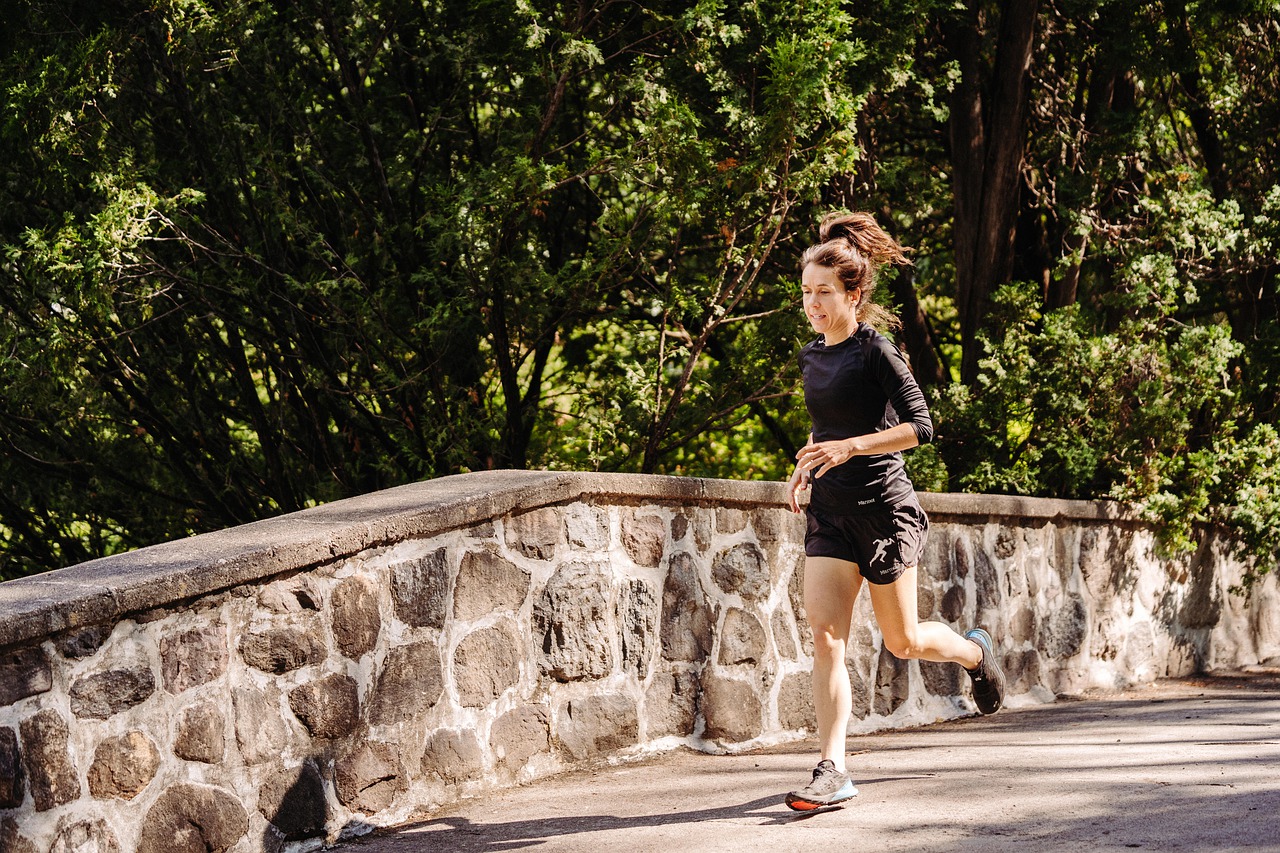There are any number of ways it’s possible to train for a marathon. Whilst they won’t always be optimal, most sessions have some merit to them, and the combination of good quality sessions is what stacks up to good performance or improvements. Here I’ll detail a few examples of the sorts of sessions that you probably won’t see on generic running plans because they don’t fit the typical style of sessions. Nevertheless, they’ll prepare you for the task to come.
Marathon pace starts
I love to include a couple of runs in the latter weeks of marathon training and into the early taper that more closely mimic the start of the race. On race day you do a warm up, then wait around a while before you actually start. It’s easy to get caught up in a fast start that can ruin your marathon, or to feel so unprepared that you get nervous when it starts to feel uncomfortable in mile 2 or 3 (before your body has fully adapted to exercise).
The session: mobilise and pulse raise with a combination of things like jogging on the spot for a 1 minute, 10 squats, 10 lunges, 45 seconds of jump jacks or star jumps. Throw in some leg swings and a few hops and you’re good to go… but don’t.
Wait for 5 minutes, keeping moving but in a small space as you’ll likely be hemmed in on the start line too. Then you get to run.
2-3 miles at marathon pace.
1 mile at an easy pace.
2-3 miles at marathon pace.
1-2 miles cool down miles.
Continuous marathon pace
NOT a tempo run. I’m being picky here as you might see this being called a tempo run on training plans for ease, but it’s not since tempo runs are done at around 95% of race pace for 20-60 minutes.
With the marathon you can run the pace for significantly longer than that, so running at marathon pace can never truly be a tempo run in that sense. That doesn’t mean they can’t be both challenging and useful though. I love using these types of runs in two ways. One option is to slot a longer marathon pace stint into a long run, hitting pace for 10 of the long run miles. The version I more commonly use is better placed in an otherwise challenging week. It’s a tough session in its own right, but won’t leave you too pushed so it can be used a few days after a long run or hard effort session.
The session:
1.5-2 mile warm up.
4-6 miles at marathon pace.
1.5-2 mile cool down.
Marathon pace hills
Hill reps aren’t a favourite amongst most runners. They’re tough and can be a little boring at times. Personally I love hills anyway, but the idea of this session type is to prepare you both physically and mentally. Marathon running can be monotonous at times, especially if you find yourself isolated on race day with nobody around. If you’re usually doing 1-2 of your other runs each week with friends, getting comfortable with boredom can be extremely useful.
Aim for a hill of 1-2% gradient and 400-800m long. You’ll be a little slower on the incline and faster as you descend. Lap it after you’ve run both directions (800m-1 mile) and this should average out to marathon pace.
The session:
1-2 mile warm up.
3-5 miles hill repeats at marathon pace overall.
1-2 mile cool down.
These sessions aren’t ground breaking, and some coaches wouldn’t like them, but it’s about what works on an individual level as well as within the overall scientifically proven optimal ranges. More often than not any gaps in performance from training to racing that I see people come down to mental preparation or tactics, which all of these sessions can help with. Try these out in training for your next marathon and I’m confident you’ll feel the benefits.
Written by Kyle Brooks, Running Coach based in Norwich, Norfolk

